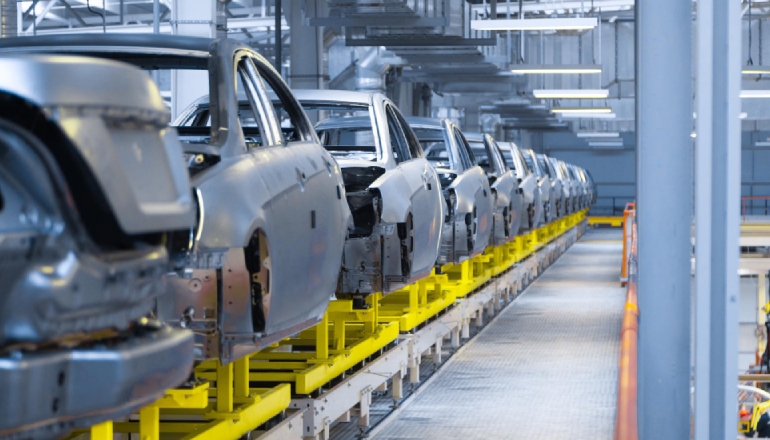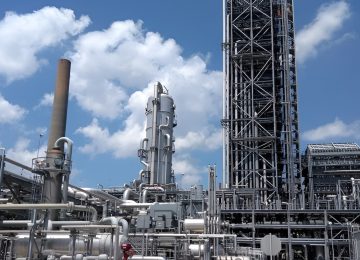Schneider Electric, a global leader in energy management and automation, and Climeworks, a leader in carbon removal, have announced a long-term agreement.
The deal, which is Schneider Electric’s first purchase of “high-durability” carbon removal, will see 31,000 tons of carbon dioxide removed from the atmosphere by 2039.
The agreement is a crucial part of Schneider Electric’s strategy to achieve its ambitious climate goals.
These goals include becoming net-zero across its entire value chain by 2050 and “net-zero ready” in its operations by 2030, with a 90% reduction in Scope 1 and 2 emissions from a 2017 baseline.
A multi-technology approach:
The deal is notable for its use of a portfolio of three distinct, high-durability carbon removal solutions, each capable of storing CO₂ for thousands of years. These include:
Direct Air Capture and Storage (DACS): Technology that captures CO₂ directly from the air and stores it permanently underground.
Bioenergy with Carbon Capture and Storage (BECCS): A process that generates energy from biomass while capturing and storing the CO₂ released.
Enhanced Rock Weathering (ERW): A method that accelerates the natural process of rocks absorbing CO₂ from the atmosphere.
Thought leadership:
According to Esther Finidori, Chief Sustainability Officer, Schneider Electric, “Both carbon removal and carbon reduction are fundamental to achieving our climate goals, as well as those of the planet.” “The move into durable carbon removal that we’re making today complements our continuous efforts on accelerating emissions reductions and our existing investments in nature-based carbon removal.”
Christoph Gebald, co-CEO and co-founder of Climeworks, said, “Demand for solutions that can store CO₂ permanently will only grow, making early access essential for forward-looking companies. Our collaboration will not only help to further accelerate the cost-reduction trajectory of direct air capture but also demonstrates that climate action and economic foresight go hand in hand—and carbon removal is where they meet.”
The companies also revealed they are collaborating on technology solutions to enhance energy efficiency and reduce the cost of direct air capture, a key step toward making the technology scalable.
The long-term nature of the agreement is seen as indispensable for demonstrating enduring market demand, which is critical for securing the necessary funding and supply chain development for these capital-intensive projects.













